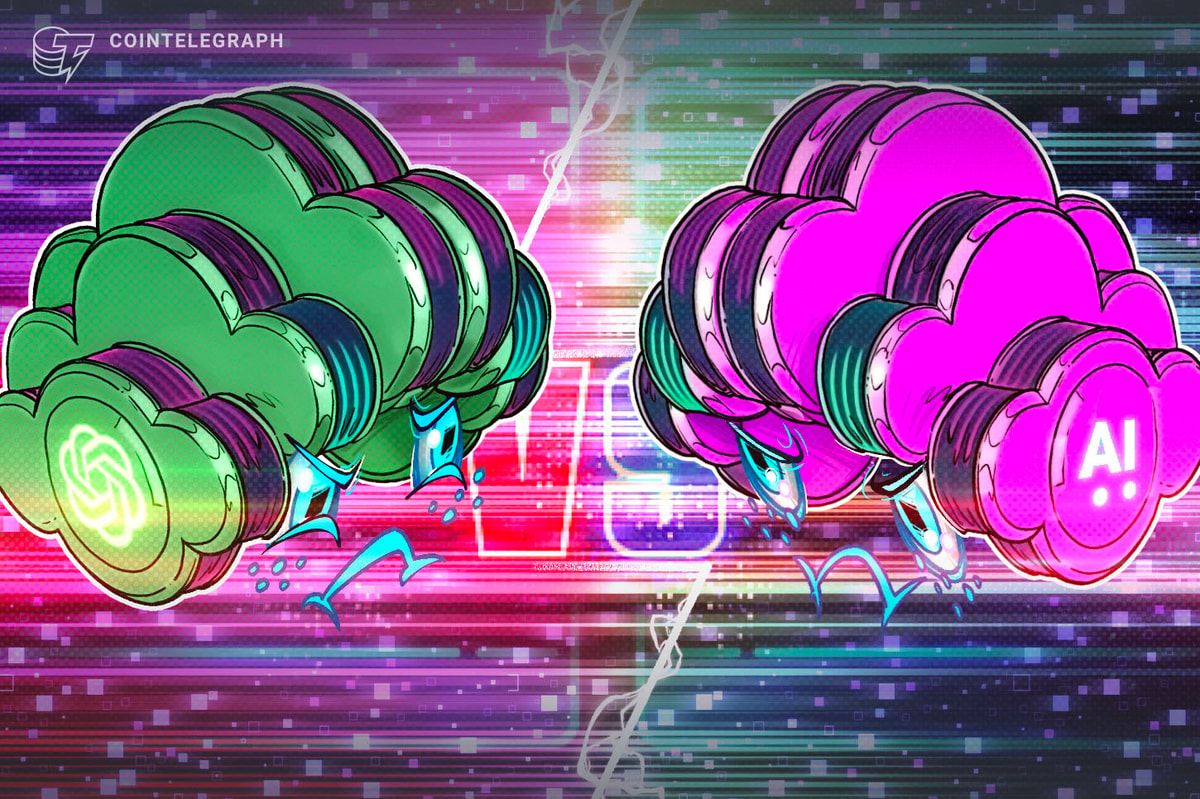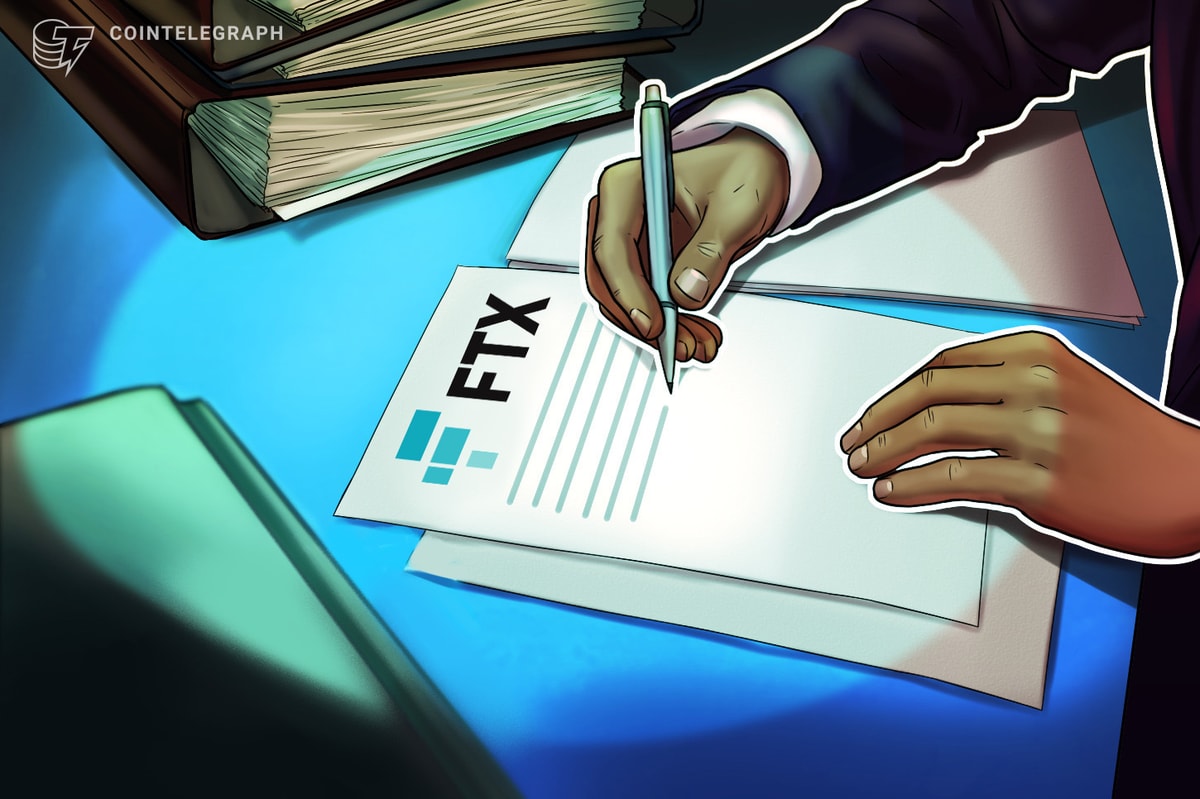School is back in session, and educators are changing their methods to ensure students still learn as the tech becomes more ubiquitous in the classroom.
Since the release of ChatGPT, students have found it easier than ever to cut corners, but educators believe it can provide an indispensable tool.
John von Seggern, an educator and founder of the Futureproof Music School — an online school that teaches students electronic music production — told Cointelegraph that AI tutors can provide “true personalization at scale” with a one-on-one educational experience.
AI also allows students to “farm out” some of the more menial aspects associated with research to focus on the core task. Some educators say it allows students to pick up supplementary skill sets more quickly.
Educators change their methods and adapt to AI
AI’s bad reputation in education isn’t entirely unfounded. Reports in prominent technology media noted a precipitous drop-off in AI tokens at the end of the 2024 school year. In this case, the AI tokens, the small pieces of text processed by large language models and AI, were students using ChatGPT to complete their studies. Educators have also expressed exasperation at its presence in classrooms.
Von Seggern said that AI poses a number of challenges, with cheating being one.
For Daniel Myers, an associate professor of computer science at Rollins College, it’s not just about cheating. “The biggest challenge of AI is that it breaks the connection between the work that students submit and the learning behind that work,” he told Cointelegraph.
In the age of pen and paper, he said that if a student submitted a paper with correct citations, “you could reasonably assume that they had learned something about using citations properly. In the AI era, though, we can’t draw any conclusions about learning just by looking at submitted work.”
Myers added that, to learn something, there needs to be friction — i.e., “it needs to be difficult enough to give you an appropriate challenge.” So, even if students aren’t cheating, undisciplined AI use is taking away a valuable educational experience.
As educators become more familiar with AI technology and its potential to be used as a shortcut, they are developing methods and changing their approaches to ensure that students are actually doing the work and learning.
Von Seggern said at his institution, “Students hand in their entire projects so we can see their work. That is one way of addressing the cheating issue. We’re fine with students using AI in their workflows, but we need to see their process to best help them develop their skills.”
Related: Anthropic valuation triples to $183B as Claude AI gains traction in crypto and beyond
He said, “AI can be used as a shortcut, but our job (and the job of all educators today) is to design the learning process so it still requires real understanding.”
Myers said that professors and teachers need to “lean into designing and curating the educational experience,” including “thinking about the goals of a class and how they might be changing due to AI.”
AI has heavily impacted the computer science field. The technology is good enough at coding to “completely obliterate” past assignments Myers used in undergraduate courses.
To adjust, he’s moved much of the students’ former homework assignments into the classroom and lab time so “most of the students’ core programming practice is happening in person, with me there to observe and work with them.”
Now, out-of-class assignments are larger and more creative and come with guidance on how to use AI design. “When designing an assignment, I now think a lot about agency. Am I asking students to just answer a question, or am I challenging them to set a vision and choose to pursue it?” said Myers.
He said that if the educational process gives students agency and the ability to take ownership of their work in a process that supports them, “then they’ll be dissatisfied with low-quality AI generations.”
AI can “supercharge” learning — when used correctly
Even though AI has presented challenges for educators, it also presents opportunities. Myers said it can “supercharge” education when used correctly, allowing students to tap “a range of knowledge, skills and perspectives that would be difficult to obtain.”
He sees students “using AI effectively to take on big, ambitious projects with a personal creative element.”
“We often say that AI is ‘like having a minor in everything.’”
Von Seggern said that AI “offloads the tedious parts of music production so students can spend more time listening, making decisions and finishing work.”
He added that AI tutors — also when implemented correctly — can give students the attention and benefit of a one-on-one teacher-student relationship.
“An AI assistant can give every student a 24/7 personal learning coach that adapts to their background, goals and pace and nudges them at the right moment. It shortens the feedback loop from days to seconds, so students learn faster,” he said.
AI developers make models focused on education
AI developers are creating models for education as university administrators become increasingly interested in the possibilities the technology presents.
Anthropic created its Claude for Education on top of its core Claude model, but with specialized features for education. A spokesperson told Cointelegraph that its Learning Mode feature “focuses on developing critical thinking skills through guided exploration rather than providing direct answers.”
They said that “rather than simply solving a calculus problem for a student,” it walks it through the methodology and helps the student understand the concepts involved.
In July 2025, Anthropic founded a Higher Education Advisory Board chaired by Rick Levin, former Yale president and Coursera CEO, with members from Stanford, Michigan, University of Texas at Austin, Rice and Complete College America.
The spokesperson said, “This board ensures our development aligns with educational values and pedagogical best practices.”
The company has also partnered with universities to “help us understand and address implementation challenges in real educational settings.”
Still, even Anthropic noted the possibility for misuse and a lack of long-form engagement with education-focused AI models.
Referring to research from August, the spokesperson stated, “Our analysis found that nearly half (47%) of student-AI conversations involve direct answer-seeking with minimal engagement, raising concerns about potential misuse and overdependence on AI rather than developing critical thinking skills.”
Anthropic said that, as it continues to develop tools for students and teachers, it intends to “analyze usage patterns and share both positive findings and areas of concern.”
When it comes to education, AI is here to stay. Educators are coming up with novel ways not just to address the challenges of the technology but to improve their students’ education. The process will clearly have some growing pains, and it will require the participation of educators, developers and students to ensure an outcome that keeps education intact.
Magazine: ChatGPT’s links to murder, suicide and ‘accidental jailbreaks’: AI Eye

 1 month ago
43
1 month ago
43








 English (US) ·
English (US) ·